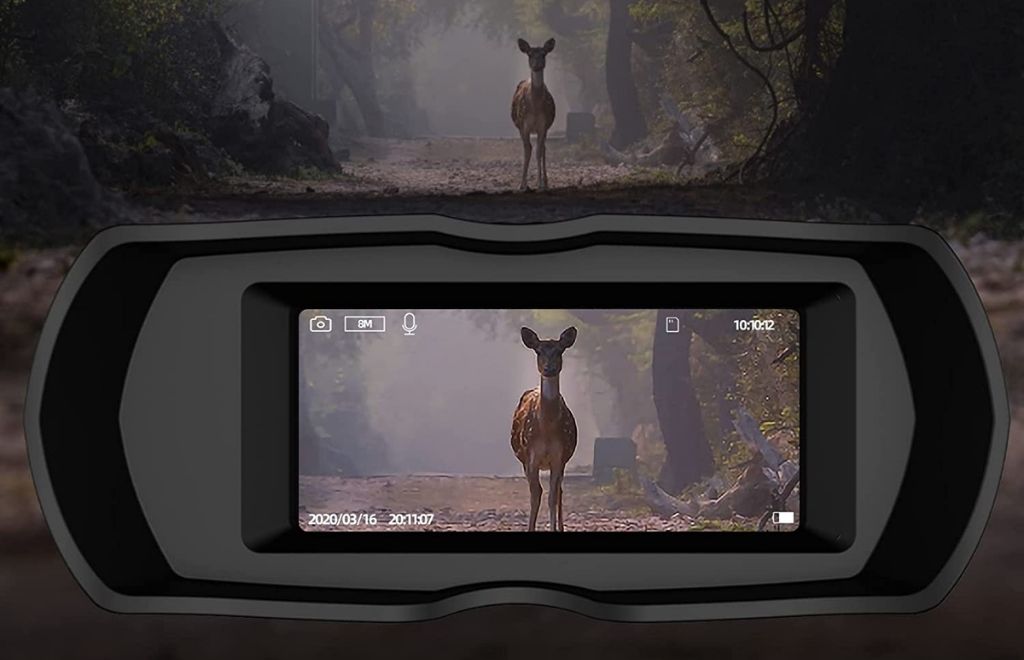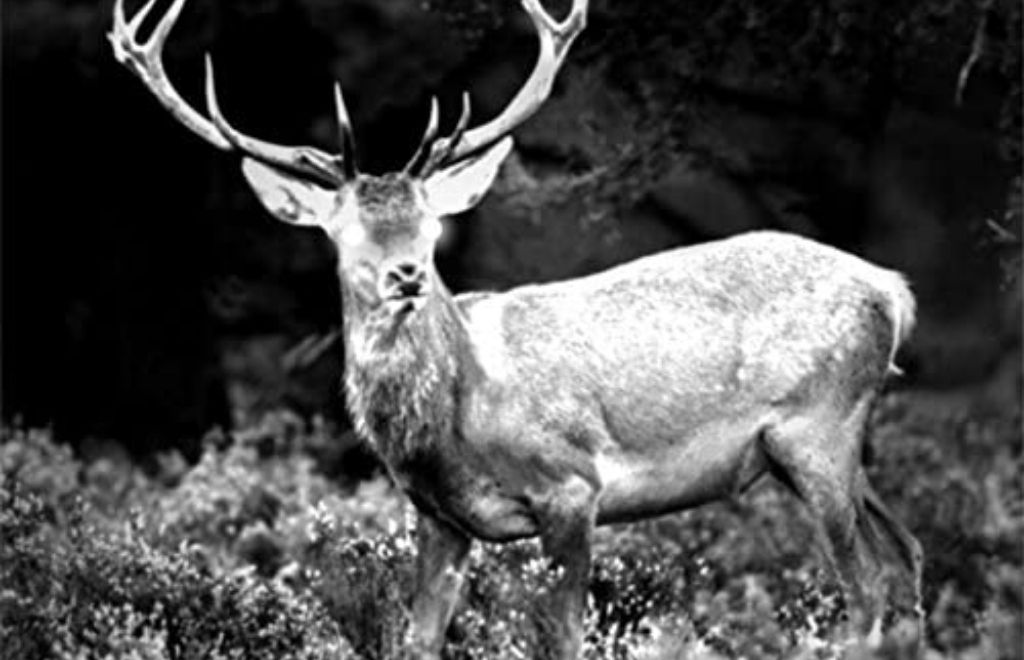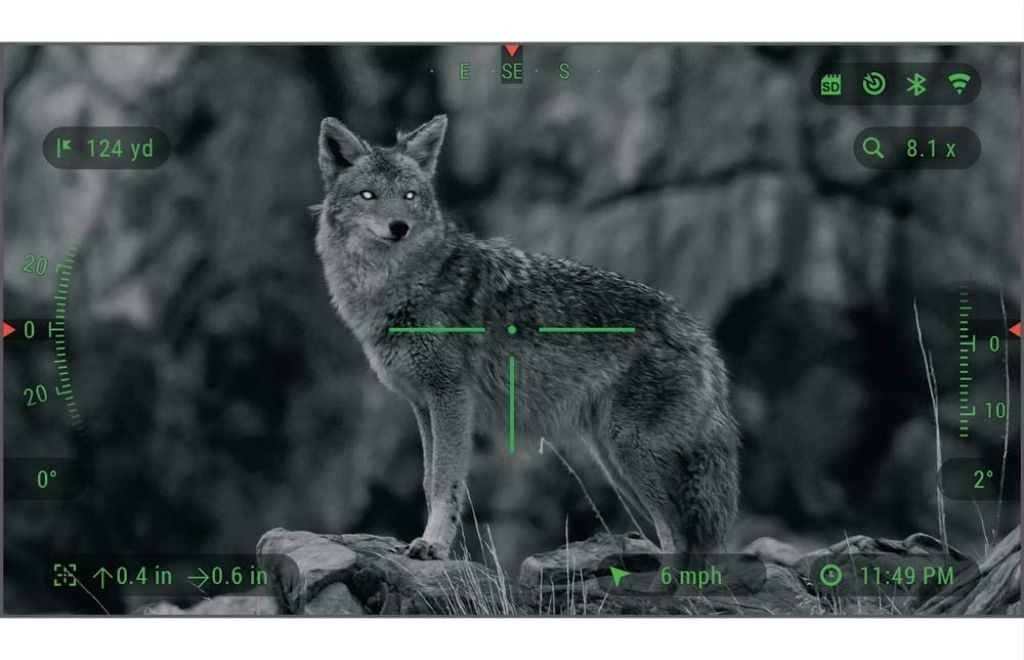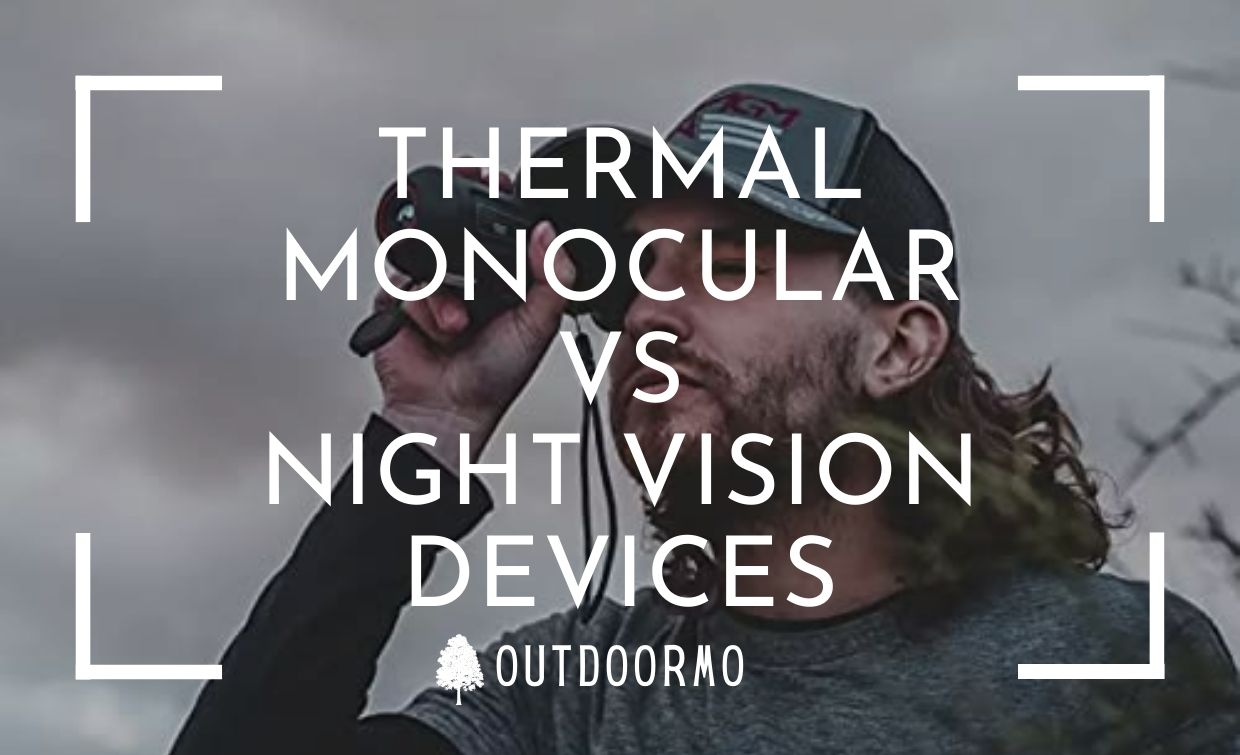Since time immemorial, the human vision has helped us push civilization forwards. It helped us find prey, do our daily tasks, and survive in history. However, our senses will always have limitations as human as we are. Fortunately, great scientists have discovered ways to enhance our sense of sight through technology.
In this article, we will talk about vision-aiding technology. The thermal monocular and night vision concepts will be discussed to know which one is better. By the end, you should have a clear idea of which to use on your specific case and scenario.
How does a thermal monocular work?
Before we dive deep into the differences between night vision vs the best thermal imaging monoculars available, we must know the technology behind it. The term thermal monocular comes from two words, dissecting each of them. First, it is thermal in that infrared thermography is used as the base concept. In infrared thermography, radiation of various objects above absolute zero is read and detected.
Through these infrared radiation, a color is assigned to each temperature range. The heat map is then processed, and corresponding imagery is released. Since it purely relies on heat signatures, a sufficient light source is not necessary, and this gives it added value.
The second part termed monoculars refer to a special type of lens. These are handheld devices that help a person see clearer from afar. When combined, thermal monoculars refer to devices that can be carried on one hand while still having the capability of seeing objects despite pitch-black environments.

How do night vision optics work?
Night vision goggles function differently than thermal monoculars. First, these are active cameras, meaning that they need to generate light to function. In cases where there is natural light from the surroundings, night vision devices use ambient lighting. Then, the sensor enhances the image detail by detecting reflected light particles. The result is a clear image even when in a dark area.
When no light is present, night vision devices output long-infrared wavelengths. These are not visible to the naked eye, but the sensors in the system can detect them. Thus, it is still possible to use them in low-light scenarios. However, the problem is that fine dust and particles will also reflect these rays, and might cause impedance to the resulting feed.
What is the difference between night vision and thermal imaging?
Sensors
The sensors used are different in night vision and thermal imaging. In night vision technology, it is concerned about reflected infrared light. Thus, the sensors focus on detecting bounced particles from an object. On the other hand, the sensors in thermal monoculars are reliant on radiation. Thus, night vision scope detects light while thermal detect heat. For people asking the question does thermal imaging works in daylight? it obvious that it works perfectly once there is dectection of heat.
When it comes to price, thermal sensors are much more expensive since they work in all types of conditions. Also, these are embedded with specialized materials so that they won’t hamper the overall equilibrium of the device.
Light Source
Night vision relies on a light source to help view things clearer. This might mean ambient lighting or light from the environment, as well as other lamps or fixtures around the object. When no source is present, an active infrared light source is used so that the sensor can still read reflections, this actually distinguishes what’s the difference between thermal and infrared and also when to use it. This means that a night vision monocular will be more limited in pitch-black regions.
On the other hand, thermal imager relies on heat. Since everything above absolute zero emits radiation readable by the sensor, there is no need for light to be present. Because of this, one can use the power of thermal monoculars even when it is in absolute darkness. This makes it perfect for nighttime hunts as well as activities.
Cooling
Thermal radiation is sensitive even on its sensors. Thus, a special type of cooling mechanism is employed on thermal imaging devices so that heat source of the processor, as well as a detector, will not affect the produced heat map. This is called cryogenic cooling, and it adds a lot of value to a monocular.
This system does not exist in night vision devices. It operates in a simpler manner, removing the need for complicated sub-components. It is also one of the reasons why it is easier to find affordable night vision monoculars.
Distance
There is a huge difference between the distance of thermal device and night vision monoculars. Since thermals rely on radiation, they can reach great distances. On the other hand, active infrared light sensors in night visions are impeded by the total length that the source can deliver. This renders it very limited. Also, dust and fog particles can reflect such light, and this can cause a different picture compared to the actual one.

Optimal Conditions
Thermal Monocular
The optimal vision for thermal monoculars exists when the radiation is not impeded by any object. Some common problems that may arise are high-intensity sources such as the sun or a very hot generator. When the monocular is pointed at these, it may cause readings that have very high saturation and contrast. Also, shiny objects such as mirrors should be avoided by monoculars. This is because radiation can’t be read in a reflection.
Night Vision Scope
The optimal condition for night vision scopes are when there is a faint visible light energy source such as moonlight illuminating the object. This removes the need for the active source and increases the overall range of the system. Also, the scenario must not be foggy or dusty, or else the resulting image will be affected and have lesser image quality.
Is thermal imaging scopes or night vision better for hunting?
This is a case-to-case basis, especially for season hunters. When there is a faint source present that illuminates the area, I will always recommend night vision monoculars due to the high-quality feed that it brings to the table. However, in scenarios where there is not enough light present or the area is pitch-black, I recommend the use of thermal monoculars. This is since they don’t need an ambient light source to function optimally.
Another thing to take note of is the total price of the device you want to purchase. You see, thermal imaging cameras will always be more expensive than night vision because of the additional sensors and cooling systems that it has.

FAQs
Is thermal or night vision better for coyote hunting?
For coyote hunting, I always recommend thermal monoculars. This is because it helps in spotting moving targets, especially live animal, as their temperature will be seen through the lens or scope. Thus, you will have better performance especially when you purchase stabilized and improved monoculars.
Can a thermal scope be used in daylight?
Yes, a thermal scopes can be used in daylight. It relies on temperature differences, and it does not matter whether it is night or day. As long as the object is above absolute zero, thermal scopes will alway be able to read and detect it. however, you might notice that there will be slight color adjustments in day and night use. This is because heat differences are greater at night, and this produces a more quality image.
Can a night vision scope be used at night?
Yes, a night vision scope works perfectly fine at night time. If there is a light source such as ambient light, you will be able to enjoy seamless viewing during your hunt. However, you might experience deterioration of quality if you only rely on the active IR illuminator. This is due to the limited range that it brings to the table, which is not optimal for the performance.
Where can these products be used?
These products can be used for many activities. For hobbies, they are mainly utilized in hiking, bird sighting, night hunting, in-place hunting, and even trail and tracking. On the other hand, they also have varied applications in the field of science specifically medicine and animal observation. Lastly, these devices have great benefits in surveillance and security.
What is the price range for a night vision camera?
Most night vision cameras range from $50 to $500. However, there is a great difference in quality, especially in higher-end night-vision tools. As you will notice, more expensive ones will have better resolution as well as clarity. On the other hand, cheaper ones might find it harder to view perfectly at night.
What is the price range for thermal monoculars?
Most thermal monoculars range from $200 to $1500. This is because they have specialized sensors and processors.
Final Thoughts
Still, confused on which to purchase? Well, here are some reminders. If you are aiming for higher quality but would sacrifice distance and full usability at night, then I recommend a night vision camera.
On the other hand, if you value functions in very dark areas and are willing to spend some bucks, the thermal camera is for you. Nevertheless, all these products will be helpful for all of your hunting needs.

